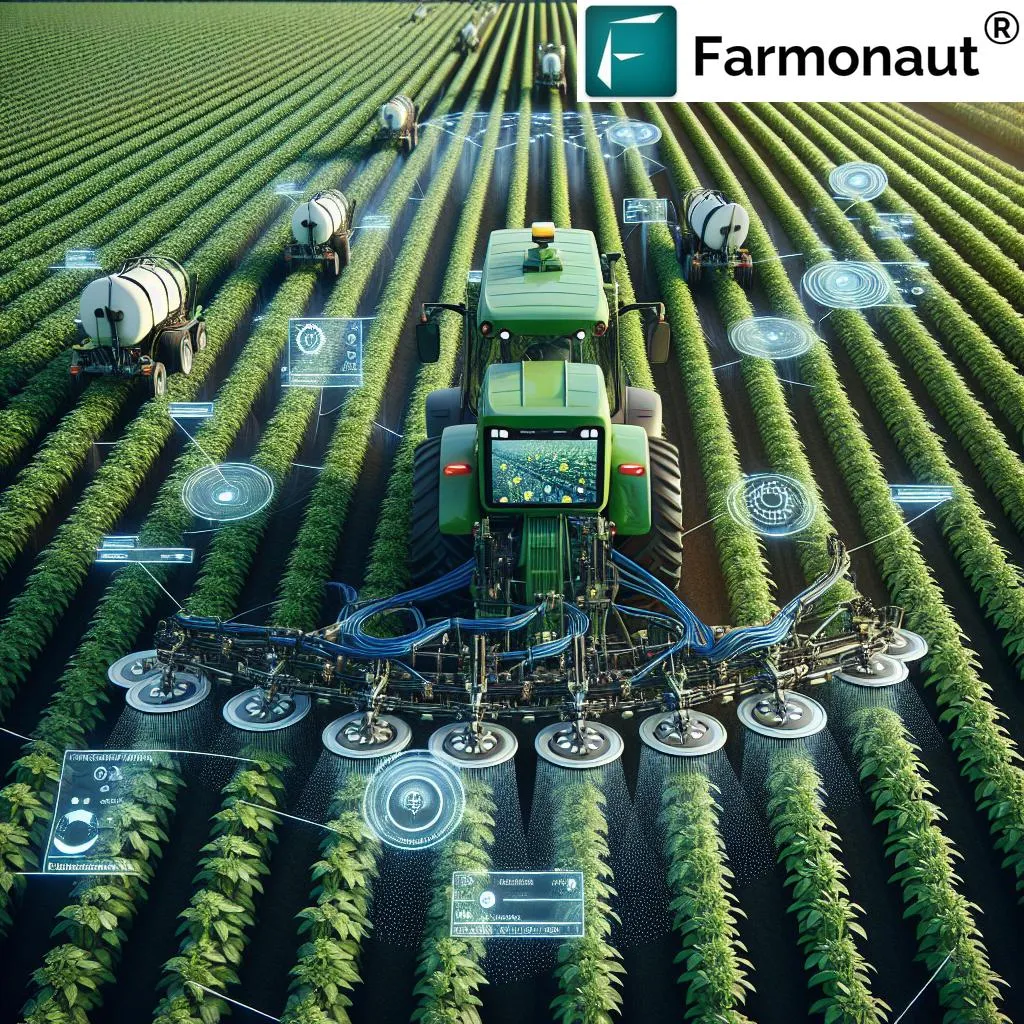In the heart of America’s corn belt, a technological revolution is brewing, one that could reshape the way farmers tackle one of their most persistent foes: weeds. At the forefront of this green revolution is Md. Nazmuzzaman Khan, a researcher from 84.51° in Cincinnati, Ohio, who has developed a novel approach to weed detection that promises to enhance precision farming and boost agricultural productivity.
The United States is the world’s leading producer and consumer of corn, a industry valued at an estimated USD 50 billion per year. However, weeds pose a significant challenge to this vital sector, causing substantial economic losses and environmental damage. Traditional weed management methods often rely on broad-spectrum herbicides, which can harm the environment and contribute to herbicide-resistant weed populations. Autonomous agricultural robots equipped with advanced weed detection systems offer a more sustainable and targeted approach to weed management.
Khan’s research, published in the journal Computation (which translates to “Computation” in English), focuses on improving the accuracy of weed classification in autonomous agricultural robots. The study addresses the limitations of single-camera-based systems, which can be affected by noise, vibration, and occlusion, leading to inaccurate weed detection and classification.
“Single-camera-based systems can struggle with weed classification due to various factors,” Khan explains. “Our goal was to develop a more robust system that could overcome these challenges and provide accurate, real-time weed detection for autonomous agricultural robots.”
To achieve this, Khan and his team employed a convolutional neural network (CNN) pre-trained on the ImageNet dataset and re-trained it using a limited weed dataset to classify three common weed species found in corn fields: Xanthium strumarium (Common Cocklebur), Amaranthus retroflexus (Redroot Pigweed), and Ambrosia trifida (Giant Ragweed). The re-trained VGG16 model demonstrated impressive accuracy, with 99% training accuracy, 97% validation accuracy, and 94% testing accuracy. However, the accuracy of the CNN-based classification from a single-camera video feed was found to deteriorate due to noise, vibration, and partial occlusion of weeds.
To overcome these limitations, Khan developed an improved Dempster–Shafer (DS)-based decision-level multi-sensor fusion algorithm. This algorithm combines data from multiple cameras to improve the accuracy of weed classification, even in challenging scenarios where weeds are partially occluded.
“The proposed fusion algorithm showed robust results in challenging scenarios, overcoming the limitations of a single-sensor-based system,” Khan states. “It can also detect if a sensor is faulty within an array of sensors and improves the overall classification accuracy by penalizing the evidence from a faulty sensor.”
The implications of this research for the agricultural sector are significant. By improving the accuracy of weed detection and classification, autonomous agricultural robots can apply herbicides more precisely, reducing the environmental impact and cost of weed management. This technology also has the potential to enhance the efficiency and productivity of precision farming, contributing to a more sustainable and profitable agricultural industry.
As the world grapples with the challenges of climate change and food security, innovations like Khan’s multi-sensor fusion algorithm offer a glimmer of hope. By harnessing the power of artificial intelligence and advanced sensor technology, we can create a more sustainable and efficient agricultural system that meets the needs of a growing global population.
“This research is a significant step forward in the development of autonomous agricultural robots,” Khan concludes. “It demonstrates the potential of multi-sensor fusion algorithms to improve the accuracy and robustness of weed detection and classification, paving the way for more sustainable and efficient precision farming practices.”
As the agricultural industry continues to evolve, the integration of advanced technologies like multi-sensor fusion algorithms will play a crucial role in shaping its future. By embracing these innovations, we can create a more sustainable and productive agricultural system that benefits both farmers and the environment.

